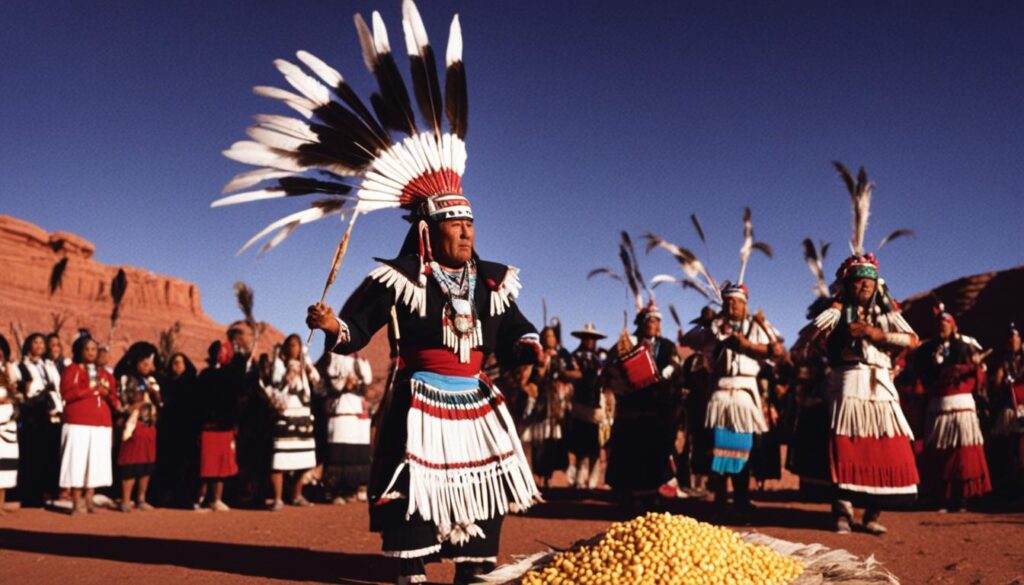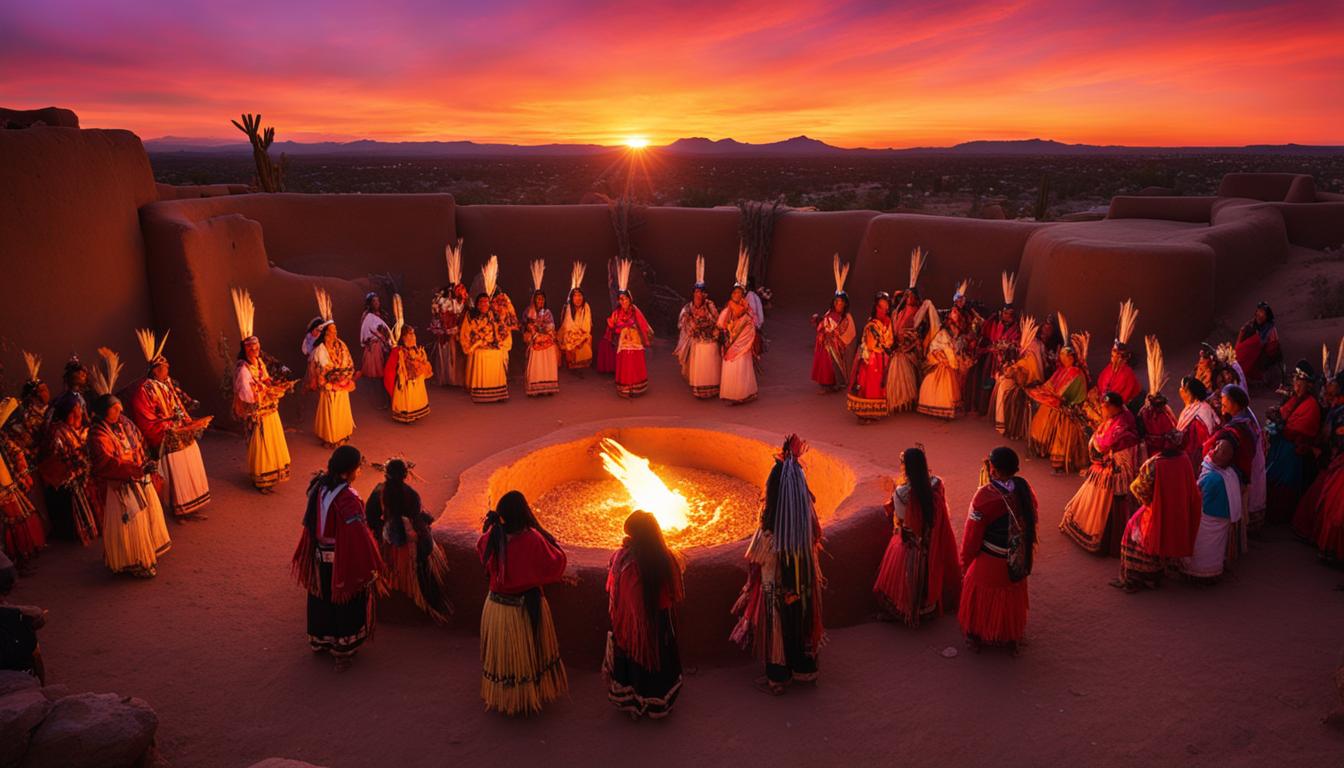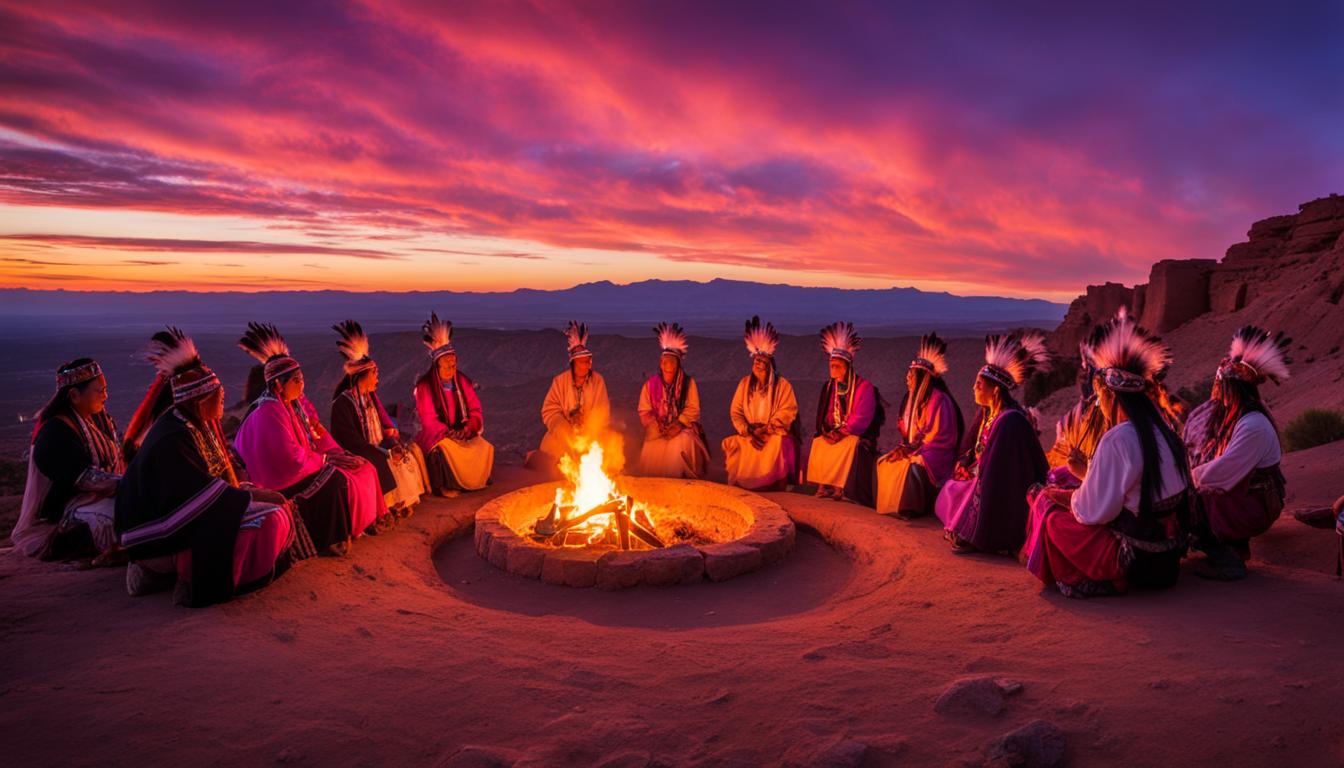
Guardians of the Sacred: Exploring the Enduring Spiritual Heart of the Hopi Nation
In the stark, sun-baked landscape of the American Southwest, atop ancient mesas that pierce the azure sky, resides a people whose spiritual traditions stretch back millennia. The Hopi Nation, guardians of a wisdom born from profound connection to the Earth and cosmos, embody a way of life where spirituality is not merely a practice, but the very fabric of existence. Far from being an antiquated relic, their enduring spiritual heritage offers profound insights into balance, interconnectedness, and humanity’s place within the grand design of the universe – lessons perhaps more vital today than ever before.
For the Hopi, whose name, Hopituh Sinom, translates to "People of Peace," peace is an active pursuit, a state of being achieved through adherence to a sacred covenant with the Creator. This covenant, established in the primordial past, dictates a life of humility, respect, and harmony with all living things. Their cosmology is not just a creation story but a continuous, living narrative of emergence from previous worlds, each marked by humanity’s failure to maintain balance, leading to destruction and a new beginning. The current existence, the Fourth World, is viewed as a fragile gift, entrusted to the Hopi for its care.

"Our life is a prayer," explains a Hopi elder, a sentiment echoed through generations. "Every action, every thought, every step we take on this Earth is a form of prayer for balance, for rain, for the well-being of all life." This holistic approach means there is no separation between the sacred and the mundane. Planting corn, weaving a basket, even the simple act of walking across the mesa, are imbued with spiritual significance, performed with intention and gratitude.
Central to Hopi spiritual life is the agricultural cycle, particularly the cultivation of corn. Corn is more than just sustenance; it is a sacred gift, a living relative, embodying the very essence of life and prosperity. The prayers and ceremonies that punctuate the Hopi year are primarily focused on ensuring the rains necessary for corn to grow, sustaining not only the people but all life within their arid homeland. This deep reliance on nature cultivates an unparalleled respect for the elements – the sun, the wind, the clouds, and especially the precious water.
The most visible and widely recognized aspect of Hopi spirituality are the Katsinam (often referred to as Kachinas). These are not gods, but spirit beings, intermediaries between the human and spiritual worlds. They represent various aspects of the natural world, ancestors, and moral lessons, and are integral to the ceremonial calendar. From the Winter Solstice (Soyal), which marks the beginning of the ceremonial cycle, to the Niman (Home-Going) ceremony in mid-summer when the Katsinam return to their spirit realm, these beings visit the Hopi villages.
During their visits, masked dancers embody the Katsinam in elaborate ceremonies held in the village plazas. These dances are profound acts of prayer and teaching, bringing blessings, rain, and fertility to the land and people. For children, the Katsina dolls they receive are not mere toys but teaching tools, helping them to learn about the different Katsinam and the values they represent. As one enters adulthood, the understanding deepens, moving beyond the physical representation to grasp the spiritual essence. The secrecy surrounding certain aspects of the Katsina ceremonies is a vital component, safeguarding the sacred knowledge and ensuring its proper transmission and respect.
The kiva, an underground ceremonial chamber, is another cornerstone of Hopi spiritual practice. These circular structures, entered by a ladder through an opening in the roof, symbolize the sipapu, the opening through which the Hopi people emerged from the previous world into this one. Kivas are places of intense prayer, ritual, and learning, where sacred knowledge is passed down through generations. They are the spiritual wombs of the community, where the collective consciousness is nurtured and reinforced.
The intricate social structure of the Hopi, based on a matrilineal clan system, is also deeply intertwined with their spiritual responsibilities. Each clan holds specific ceremonial duties and knowledge, passed down from mother to daughter, elder to younger. This system ensures that all aspects of their complex ceremonial calendar are maintained and performed correctly, fostering a profound sense of communal responsibility and interdependence. There is no single "religious leader" in the Western sense; rather, spiritual authority and knowledge are distributed among various clan leaders and religious societies.
Perhaps one of the most compelling aspects of Hopi spirituality for the outside world are their prophecies. Passed down through oral tradition for centuries, these prophecies speak of the cycles of humanity, warnings about imbalance, and the coming of a crucial time of decision. The most famous among them refers to the "Blue Star Kachina," whose appearance in the heavens would herald the emergence of the Fifth World and a time of great purification. Hopi elders like the late Thomas Banyacya Sr. traveled the world, sharing these warnings, urging humanity to change its destructive course and return to a path of peace and harmony with the Earth.
"We have been told that our land is the spiritual heart of the Earth," Banyacya once stated, emphasizing the Hopi’s profound sense of responsibility for the planet’s well-being. "If we mess up here, the whole Earth will be messed up." This highlights the Hopi belief that their adherence to the covenant not only ensures their own survival but also plays a crucial role in maintaining the balance of the entire world.

In an era of climate change, global conflict, and widespread disconnection from nature, the Hopi message resonates with increasing urgency. Their prophecies, often interpreted as foretelling environmental degradation, social unrest, and the quest for spiritual truth, serve not as a pre-ordained fate but as a call to action. They emphasize individual and collective responsibility to heal the Earth and ourselves.
Maintaining these ancient traditions in the 21st century presents significant challenges. Modern influences, economic pressures, and the allure of the outside world tempt younger generations away from the rigorous demands of traditional life. Water rights disputes and the impact of resource extraction on their ancestral lands continue to threaten their way of life. Yet, despite these pressures, the Hopi people persevere, their spiritual heart beating strong.
Their resilience lies in the deep-rooted belief that their spiritual path is not merely a choice, but a sacred obligation. It is a heritage passed down through the stories of their elders, the rhythms of their dances, and the silent strength of their mesas. The Hopi continue to pray, to dance, and to cultivate their sacred corn, understanding that their continuity is a testament to the power of peace, humility, and an unwavering commitment to the sacred.
As the world grapples with its own imbalances, the quiet wisdom of the Hopi stands as a beacon. Their message is simple yet profound: humanity is part of nature, not separate from it. Our survival and well-being depend on living in harmony, respecting the sacredness of all life, and recognizing our shared responsibility as guardians of this precious Earth. The Hopi’s enduring spiritual journey is a living testament to this truth, a timeless prayer whispered on the desert winds, inviting all to listen and learn.


